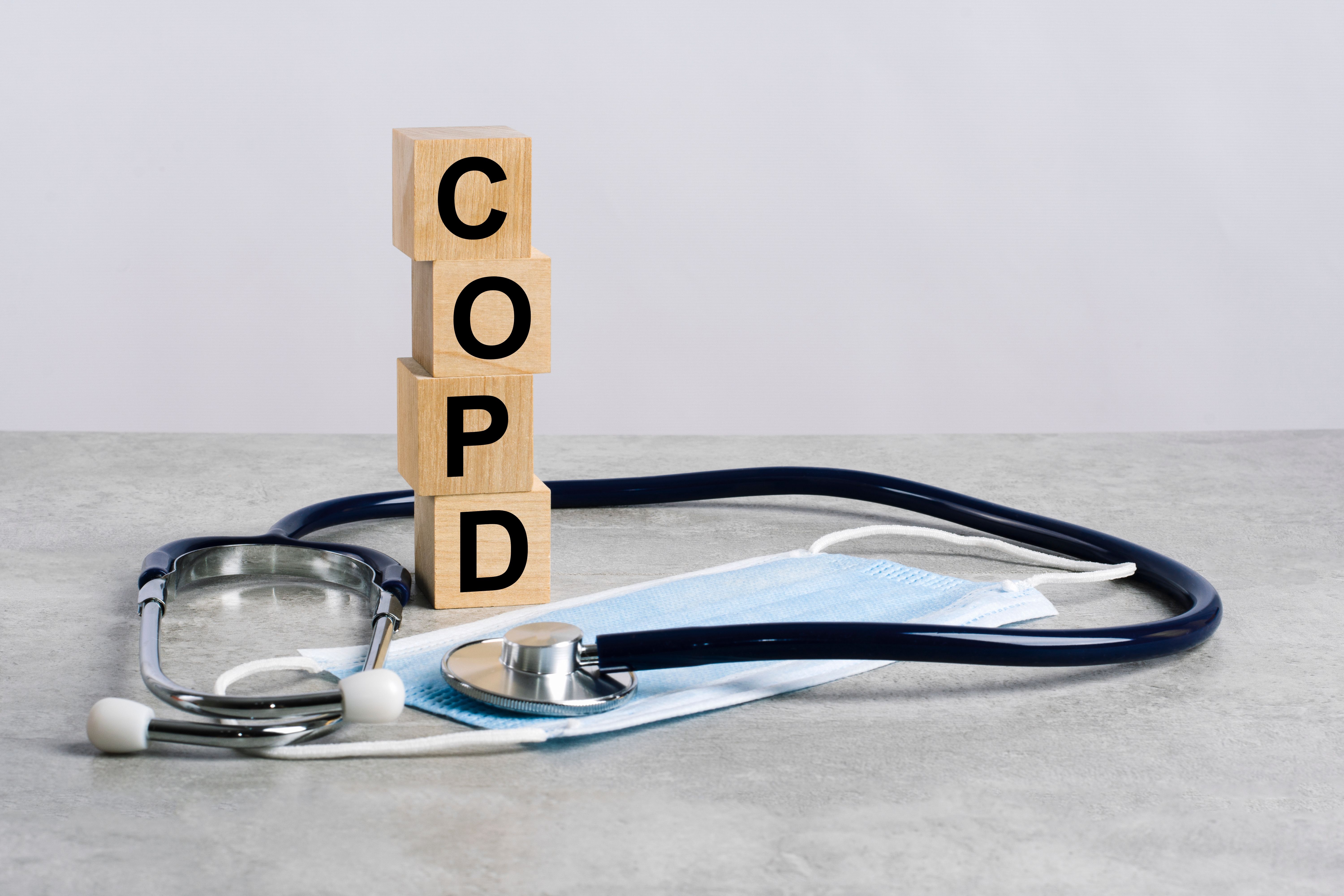Article
Film Shares Different Paths to Overcoming COPD
Author(s):
A short film supported by the makers of Stiolto Respimat shows the day-to-day life of 3 patients with COPD.
The soft-spoken woman picks collard greens with her brother, who shares how they literally “grew up in a cloud of smoke,” with parents who carried cigarettes everywhere. The woman, Tina, now lives in rural South Carolina with chronic obstructive pulmonary disease (COPD), which is being treated with Stiolto Respimat, a 3-medication inhaled spray (tiotropium, bromide, and olodaterol).
Her brother, Marc, has seen improvements in Tina’s breathing and her outlook. She is moving better, and she’s started playing the piano again.
Tina is 1 of 3 patients featured in a short film, “Clear the Air: Opening Up About COPD,” that director Abbey LeVine made with support from Boehringer Ingelheim, the maker of Stiolto Respimat. LeVine’s mother had COPD, and in an email she said her goal was to reduce the stigma that surrounds the condition while showing how patients cope.
“I know all too well the impact and frustrations of living with COPD after witnessing my mother’s struggle,” said LeVine. “My goal in the film was to bring empathy to a narrative that recognizes the possibilities, while still acknowledging the realities people living with COPD face every day.”
While the film features required disclaimers—the drug is not for people with asthma, for example—it also does much to get beyond the stereotypes that LeVine says often accompany COPD. Patients are not all former smokers, and those who did smoke are often the toughest on themselves, according to Breion Tafoya, DO, of the Dickinson Pulmonology Clinic, who treats a patient in the film.
The lack of empathy occurs despite the history of how cigarettes were marketed and the tactics tobacco companies used to keep people smoking, covering up evidence of harm. COPD patients in their 70s and 80s picked up the habit when cigarettes were marketed without any restrictions, sold to children, and even promoted with ads in the Journal of the American Medical Association. The legacy is that today, Tafoya says, 20% to 30% of former smokers will develop COPD.
One such patient is Mary, a 76-year-old former smoker who lives on her own and goes grocery shopping with COPD, while braving the winters of Michigan’s Upper Peninsula. She shares how she started smoking as a third-grader—about 15 years before an advisory committee to the US Surgeon General issued its report that cigarette smoking was dangerous.
Like many young women of her era, Mary became addicted to cigarettes. “If I ran out, it didn’t matter what time of the night it was, I went out and got more,” she says. Today, she can’t stand the smell of cigarettes. With treatment and trips to a COPD support group, her health has improved, but the cold air can take its toll.
Neither Tina nor Bob, another patient in the film, smoked themselves, but they were around others who did. Besides her parents, Tina’s former husband smoked. For Bob, COPD developed from chemical exposures through his work as an aircraft mechanic. Plus, he and his wife played in a band in their younger days. That meant a lot of bars, with a lot of smoke.
These days, the band is long gone. And, thankfully, the places where Bob goes in Kauai, Hawaii, are all smoke-free.
At one point, Bob was hospitalized with pneumonia and had 6 weeks of physical therapy. But with Stiolto, he tells his doctor he can get out in the yard and enjoy activities. His only limitation is “old age.”
His doctor asks Bob if he has any questions. Only one: “Where’s the champagne?”
2 Commerce Drive
Suite 100
Cranbury, NJ 08512
© 2025 MJH Life Sciences® and AJMC®.
All rights reserved.





